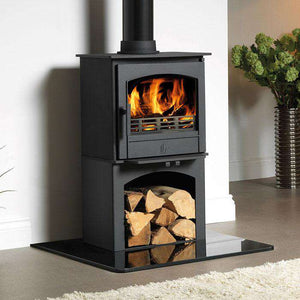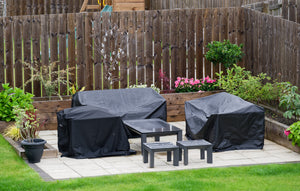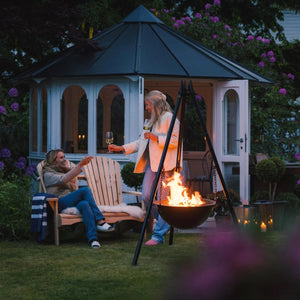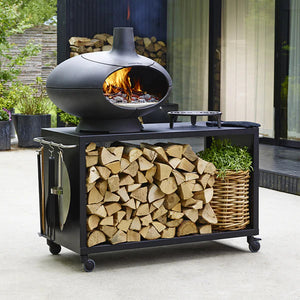Reduce Your Wood Burning Stoves Emissions; Industry Insider Tips and Tricks Revealed
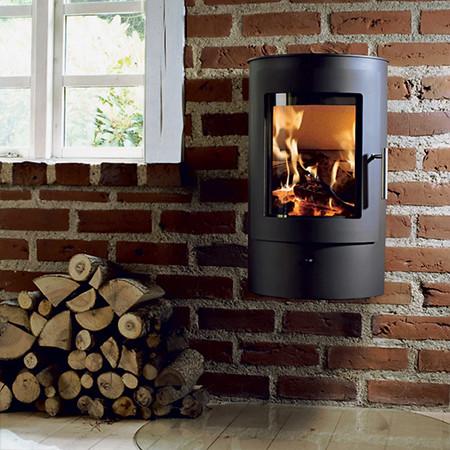
Recently there has been a lot of media attention around wood burning stoves, their emissions, and their potentially harmful effects upon the environment, the result of which is that many stove owners and prospective owners are now asking themselves how eco-conscious and efficient they actually are.
In fact, Which has reported that of the 1,434 stove owners they questioned on the subject, over a third were found to be somewhat or very concerned about “the effects of stoves on pollution”.
As is often the case, however, the devil is in the detail; wood burning stoves are not the enemy, but rather the ways in which people are using them. The improper use of stoves can cause issues not only with how potentially harmful their emissions are, but also with the longevity of the stove and how efficiently it burns fuel.
Our top tips to reduce your emissions by changing the way that you use your wood burning stove are: burn dry logs, if your stove is multi-fuel use smokeless fuel, burn with a flame, keep your stove clean and well maintained and use efficient fuel.
Burn Dry Logs
For the cleanest and most efficient use of your fuel, you should only burn wood with a moisture level of 20% or less. The reason for this is that the drier your wood is the less energy is expended on removing the moisture in the form of steam, thus allowing more heat energy to by produced and keep you toasty!
There are many ways that you can ensure that you are burning wood with a low moisture content. You can choose to purchase seasoned wood, meaning logs that have been pre-dried by either yourself or the supplier – this is an incredibly cost effective way of ensuring you are buying the best wood for your stove.
You can also keep an eye out for wood that has the Ready to Burn logo; this symbol means that they have been officially verified as optimum for burning and of a high quality. For your own peace of mind and to ensure that your wood is at an ideal moisture content, consider purchasing a moisture meter.

Use Smokeless Fuel
If your wood-burner is capable of burning multiple fuels it may be the case that you also burn coal alongside wood. House coal produces harmful emissions and contains sulphur, a substance that can be damaging at high concentrations and possibly even damaging to your health.
The alternative to this is burning a smokeless fuel; this means types of coal that only give off small volumes of smoke as they burn.
Burn With a Flame
A large number of stove owners set their stove to burn at a lower output, often because it is assumed that by doing this they will maintain a steady amount of heat and increase fuel efficiency, however, this technique increases emissions exponentially and is an unhealthy way to operate your stove.
To reduce your wood-burners emissions it is crucial to ensure that your stove is burning with a visible flame.
Here at Stove Supermarket we also recommend that you burn with a visible flame to increase the enjoyment of your stove – what better sight is there than a crackling fire on a chilly evening?

Keep Your Stove Clean and Well Maintained
To keep your stove burning efficiently it is important to stay on top of maintenance. Burning fuel leaves build-up that could block your stove and chimney, the cleaner and drier the fuel you use, the less clogged your chimney should be, however, all fuel burning leaves residue and this should be removed to allow your stove to function at it’s optimum.
Having your stove cleaned regularly by a chimney sweep is a must to stay on top of your chimney maintenance, and keep your stove healthy for longer.
Use Efficient Fuel
We have already discussed moisture content and its effect upon the function of your stove, but another way that you can make sure you are getting the most from your fuel is to choose wood that will burn efficiently.
For instance, hardwoods burn slower than softwood, this is due to the wood being far more dense, meaning it will burn slower and for longer. Jotul recommend the following trees for the best fire wood: Apple, Ash, Beech, Birch, Hawthorn, Horse Chesnut, Oak, Robinia and Thorn.
Reducing emissions where we can from all aspects of our lives is important to us all, and by simply adjusting the way that you use your wood burning stove you can reduce your environmental impact immediately.
By following our top tips you will not only reduce your wood burning stoves emissions, you will also extend its life and get the most out of your fuel – saving you money in the long run!
- Jonny Turner



